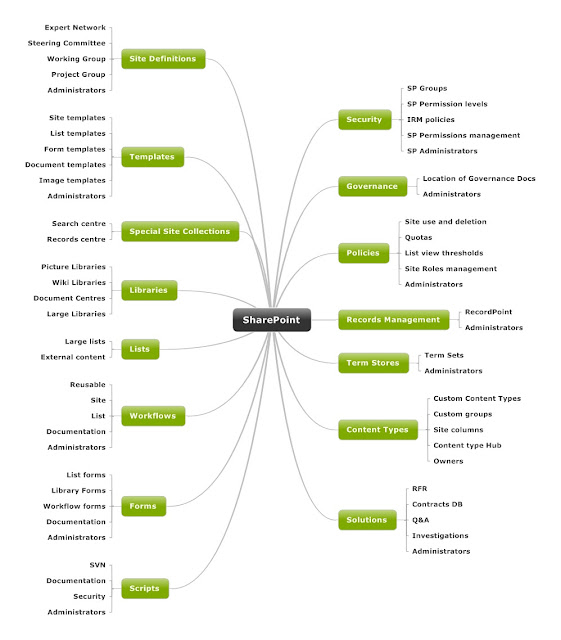- Respect software boundaries & limits, review the support article and read the maintenance whitepaper
- Use PowerShell to create your farm, the farm configuration wizard is bad
- Dedicate a SQL instance to SharePoint
- Differentiate between & prioritize your disks: tempdb, logs, search, other
- Align all partitions correctly (1024K) and format SQL partitions with the right cluster size (64K)
- Test your SQL disks before using them with sqlio
- Only install the features you need (database engine & maintenance tools at minimum)
- Use a domain user for service account
- Enable instant file initialization
- Configure maximum memory
- Fill factor to 80
- MAXDOP to 1
- Consider multiple data files for your content databases
- Tune autogrowth to a fixed number
- Presize your data & log files
- Use SQL aliases to connect SharePoint to SQL
- Check database integrity weekly with dbcc checkdb
- Learn about index fragmentation, how SharePoint deals with it and what you need to do manually
- Don’t shrink databases unless you’re very sure (causes fragmentation)
- Autoshrink is pure evil, never activate it – certainly not with SharePoint
- Learn about the full & simple recovery models and take a look at how logging & recovery works
- In full recovery model you always need to take log backups or your log file will grow indefinitely – no matter how many full backups you run
Saturday, 23 March 2013
Optimize SQL FOR SP2010
Subscribe to:
Post Comments (Atom)
SharePoint Information Architecture Diagram
Here is the template I use for Information Architecture designs. It's built using Mindjet and I flesh the nodes out with the low level d...

-
Introduction This document is intended to highlight possible causes of poor indexing performance on SharePoint 2007 farms as well as p...
-
OPEN FIREWALL PORTS 56737 AND 56738 Submitted Request to Open firewall ports 56737 and 56738 in Approval Environment to enable Office Ser...
-
Using stsadm to stop the osearch service will blat all the indexes: In command prompt try running: taskkill.exe /F /IM mssearch.exe /T ...


No comments:
Post a Comment